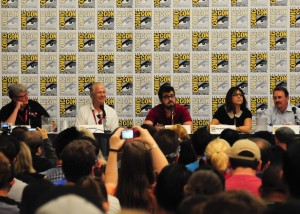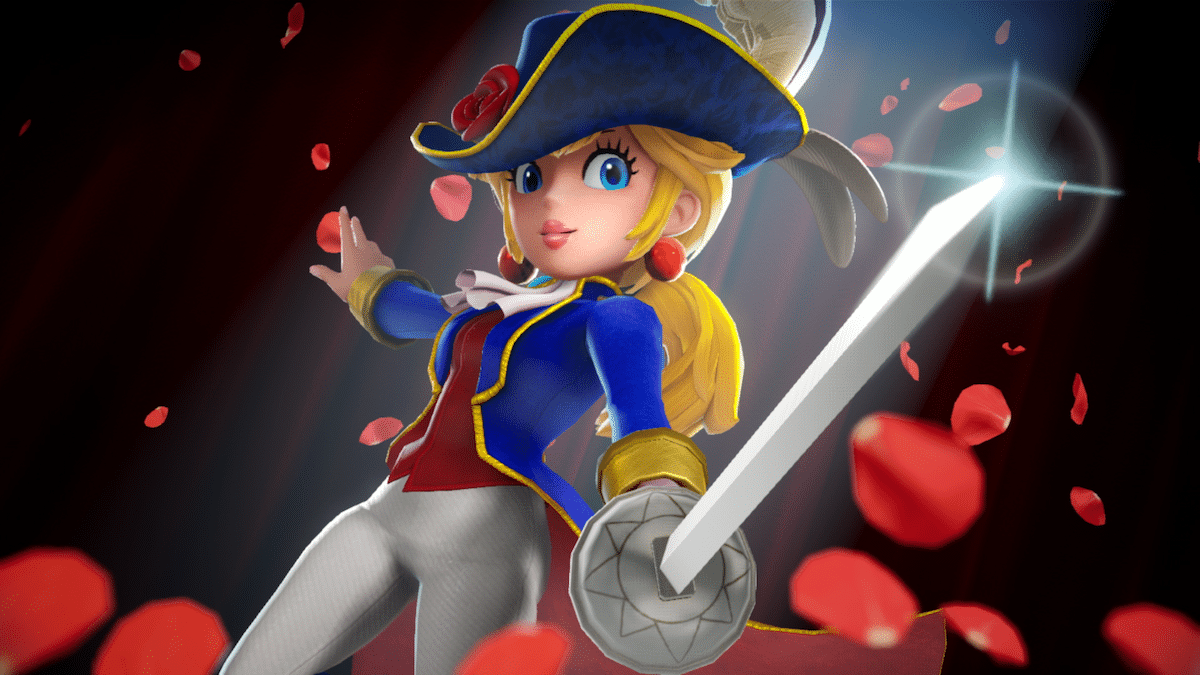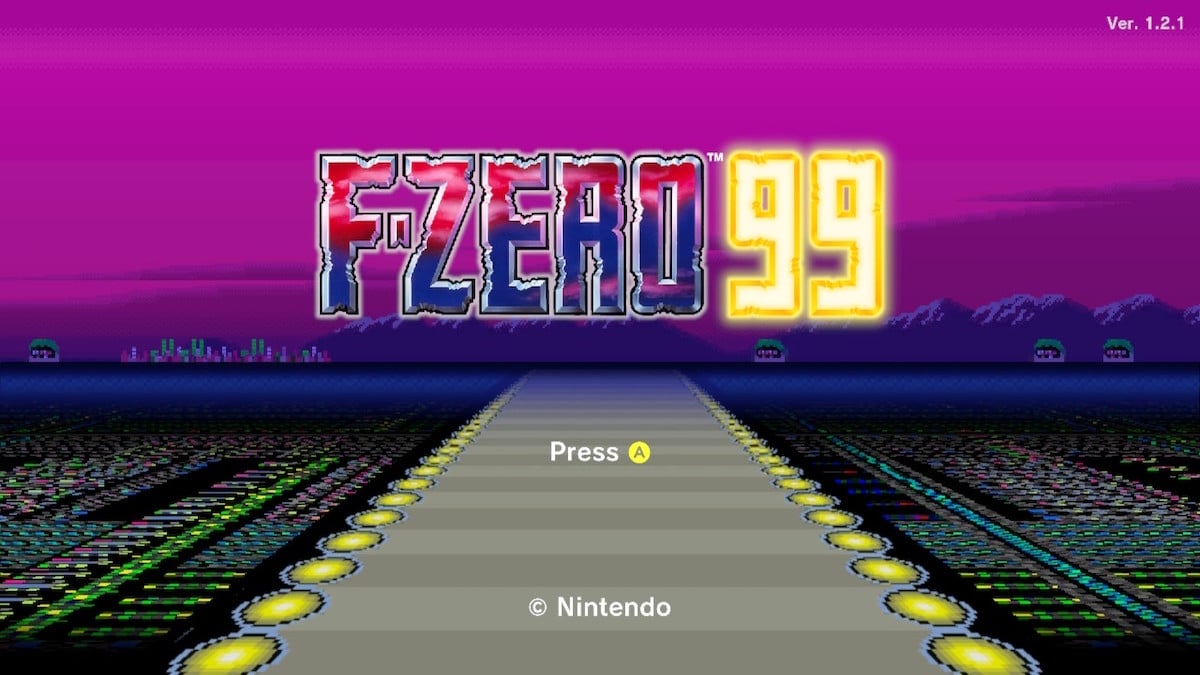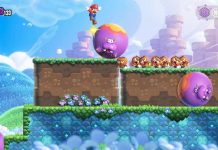
By: Nick Eskey
Once upon a time, Nintendo resurrected what remained of the home console market, and thus ruled the gaming world. Almost 95% of the market belonged to them. People didn’t play videogames, they played “Nintendo.” But then, a competitor slowly loomed in sight. Sega’s star was on the rise, threatening the hold that Nintendo held over the industry. And a war was on. It wasn’t fought on any battlefield with guns, but in the retail market.
Blake J. Harris lived in the time where Nintendo and Sega’s war was at its peak. In his adulthood, Blake realized that there wasn’t anything officially written with a deep level of research regarding that time. So he took it upon himself to take three years to write what he later entitled “Console Wars: Sega, Nintendo, and The Battle that Defined a Generation.” But aside from himself, Blake also collected a few others who actually “fought” in the battle: Bill White and Perrin Kaplan on behalf of Nintendo of America, and Tom Kalinske and Al Nilsen on behalf of Sega of America.
During the high sales of the NES, Sega wanted to create a mascot of their own. Nintendo had Mario after all. Al Nelson was presented with two possible candidates: Something that as Al put it looked a lot like “an egg shaped, weeble-wobble character,” and a spike-haired hedgehog that dated a human girl. “I chose the lesser of two evils.”
Around the same time, president of Sega Japan approached Tom Kalinske and asked him to help place his company in a prime position in the market. Tom had worked with Flinstones Vitamins and Matel (on their franchises such as Barbie, He-man, and Matchbox). The president of Sega had heard of Tom when he was with Matel, and sought him out after he left the company. Tom Kalinske suggested to the board that they take out Altered Beast (the game that originally was bundled with it) and replace it with Sonic. He also wanted a lowered price for the system, aggressive marketing that called out Nintendo, and more games made for adults. The Japanese executives didn’t agree with him, but the president had brought him on to help Sega, so he allowed the moves.
It was Bill White of Nintendo who had to steer the marketing when Sega had started to exert itself. He first came in 1987 when Nintendo was attempting to resurrect the collapsed home console market. Bill tried hard to advertise the titles themselves, which he knew would “drive the hardware.” He also helped to sell the movie rights to Mario, which lead to the box office flop “Mario Bros. 2000.” “I was told to not get anything less than $100,000,” said White. “But at the end of the day, it really was about using it in hopes of further driving the brand.”
When Sega started to gain ground on what use to be Nintendo territory, Perrin Kaplan was brought in as someone who was outside of the industry. “I was a fresh face,” she said. “And I definitely didn’t play games.”
When Tom’s aggressive marketing started, they boasted about their faster processes, and poked fun at how slow Nintendo’s hardware’s was in comparison. The aggressive marketing was paying off. “It was an exciting time where we felt we could get a piece of the pie,” said Al Nelson. Bill White pushed for the Super Nintendo which was in the works to get released sooner. “Our competitor was 16 bit… I felt we needed to match it, but the executives felt that the NES still had legs. That there were still homes that it could still find itself in.” So instead, Bill pushed for large marketing campaigns. They did the Nintendo Championships that toured the malls, “so people could play the game.” Bill continued to use the games as a big focus.
Sega took to another tactic and marketed their system more to teenagers. “Nintendo marketed more for kids,” said Tom Kalinske. “We decided to be unique… We were on college campuses and concerts… it was very grass roots.”
Eventually, Sega had claimed a good slice of what use to be Nintendo’s. This became a wakeup call to Nintendo. “Nintendo was poked, made fun of. And when awakened, it went back to what it was best at.”
Today, we all know how the wars ultimately ended. But for the time, it created competition, and forced videogames into new directions that are still felt today. So even though Sega is no longer in the console industry where Nintendo still is, the war they fought definitely shaped the generation we live in now.
For more on battle between the two, go and pick up Blake J. Harris’ book, “Console Wars: Sega, Nintendo, and The Battle that Defined a Generation.”







